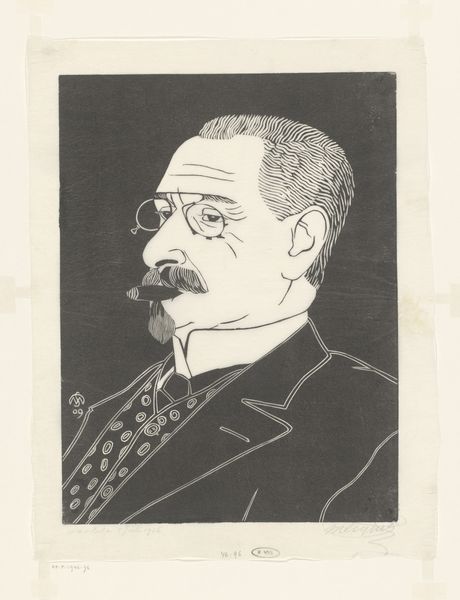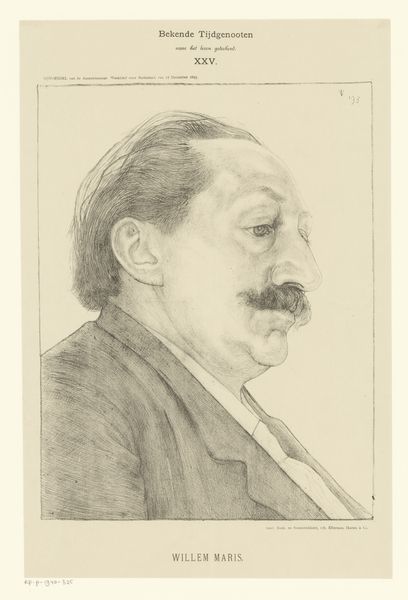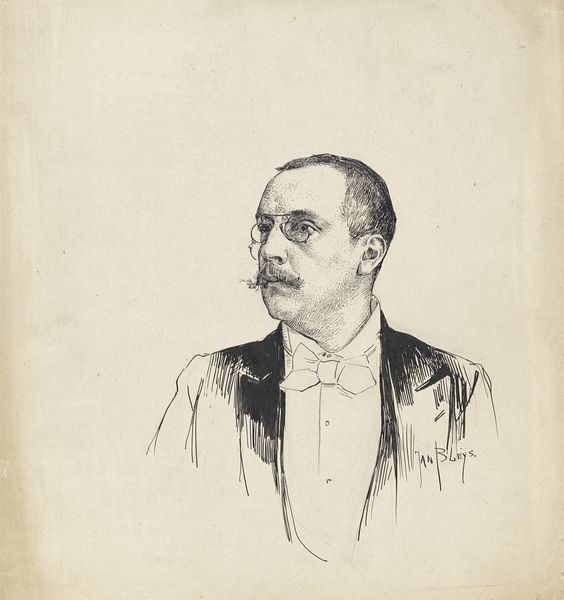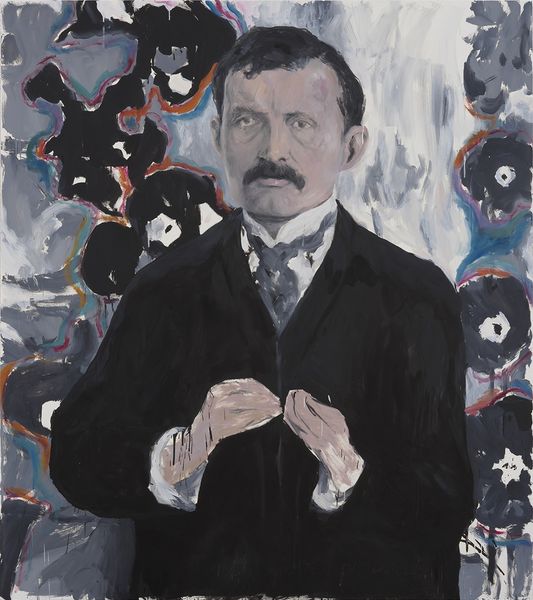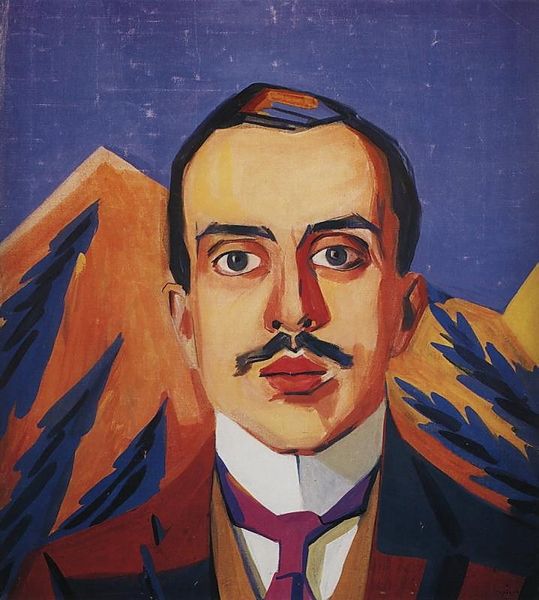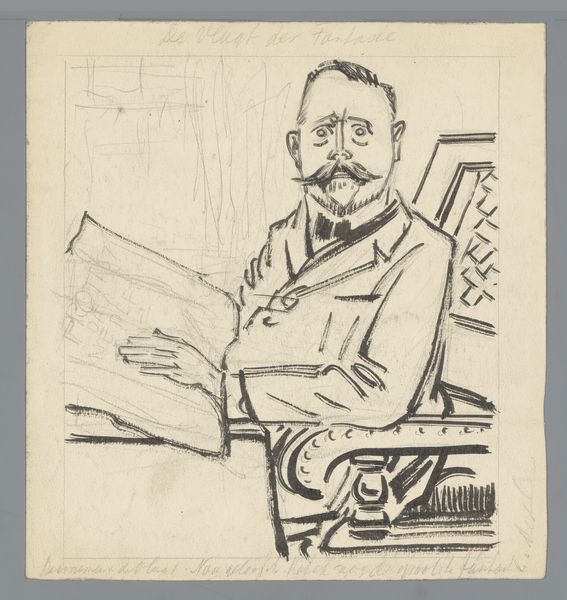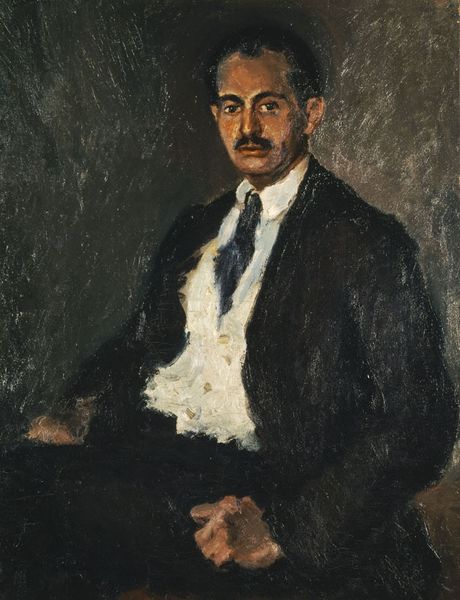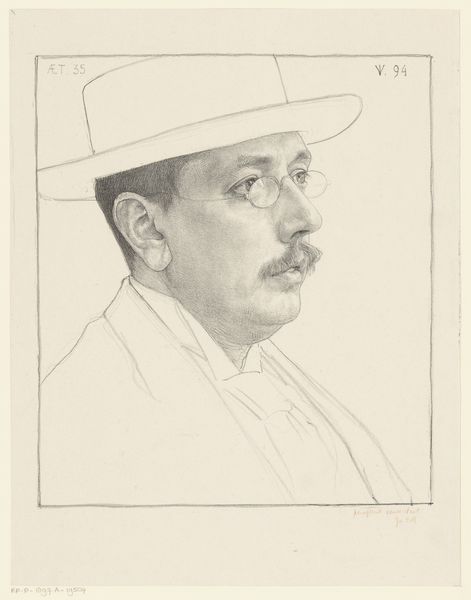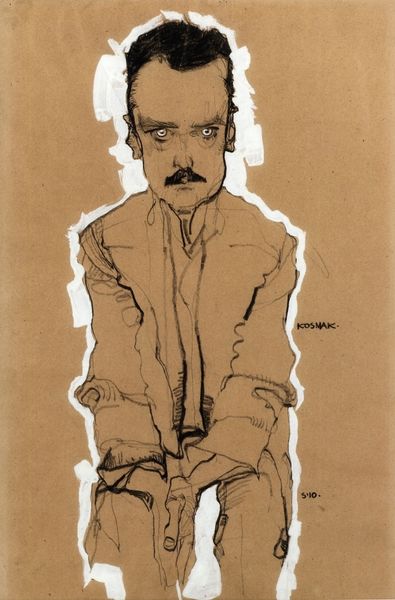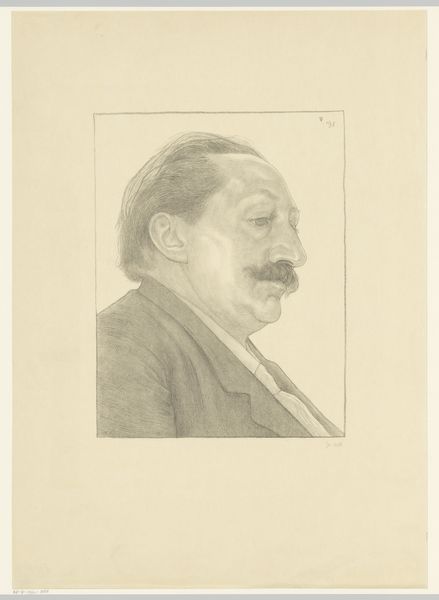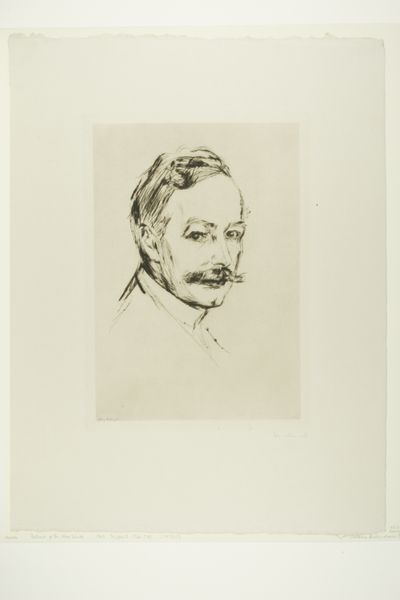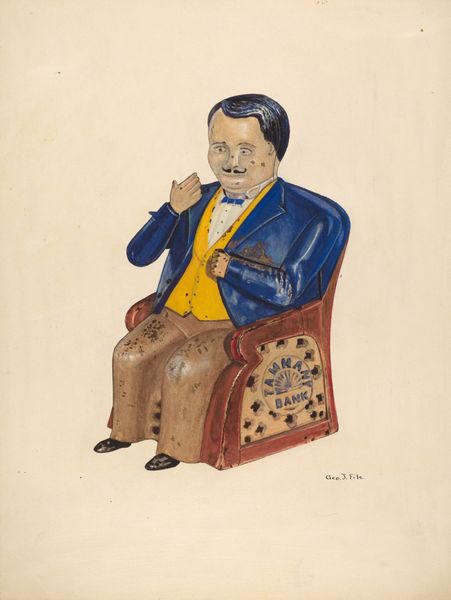
painting, acrylic-paint
#
portrait
#
popart
#
painting
#
pop art
#
acrylic-paint
#
figuration
#
pop-art
#
portrait art
#
modernism
Copyright: Pauline Boty,Fair Use
Curator: This is Pauline Boty’s “Big Jim Colosimo,” a striking portrait painted in 1963 using acrylic. Editor: It's an unexpectedly gentle image, considering. The palette is almost pastel, softening the sitter despite the title's bold statement. I see clear geometry here—rectangles, triangles framing the sitter's solid form. Curator: Boty’s interest in pop art allowed her to explore new representations of public figures, blurring lines between commercial culture and the supposedly rarified art world. The framing device you note also functions to draw attention to the way a person becomes an image—how someone can be commodified, mass-produced. Editor: Precisely! We see that replicated form, this process also in the materials; it's acrylic, isn't it? Less impasto and more like blocks of color assembled meticulously together in repetitive fashion. It lacks that tactile presence we might associate with oil, highlighting the manufactured nature of both the painting and the man. He seems a product. Curator: Indeed, and that's a critical point when we consider the subject: Jim Colosimo was a Chicago mob boss. This almost tender depiction undermines conventional representations of gangsters. Her engagement moves into more subversive territory, reflecting broader questions about social status, violence, and power. Editor: I also notice Boty seems to be reflecting on labour – here the artist's repetitive painting mimics production, while at the same time contrasting it, suggesting that mass produced commodities and objects of 'art' can both result from repetitive physical activity. Curator: Interesting... in conclusion, "Big Jim Colosimo" challenges us to examine the intersections of power, portraiture, and the artistic process itself. Editor: A fresh look at masculine authority, seen through the material lens of Boty’s distinct methodology and palette.
Comments
No comments
Be the first to comment and join the conversation on the ultimate creative platform.
